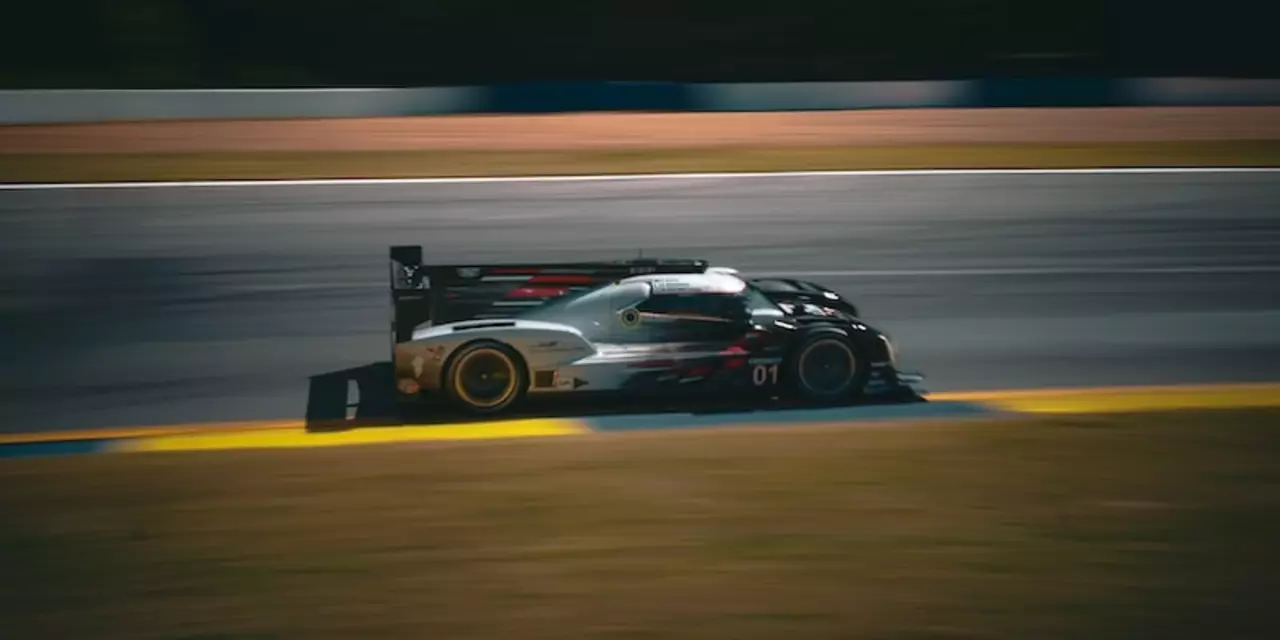IMSA Racing Explained – Quick Facts for Fans
If you’ve ever heard the name IMSA and wondered what it actually means, you’re in the right spot. IMSA runs some of the toughest sports‑car races in North America, and the action is built around endurance, speed, and technology. Below you’ll find the core details you need to get into the sport without wading through jargon.
IMSA Series Overview
The International Motor Sports Association (IMSA) oversees several series, but the headline event is the WeatherTech SportsCar Championship. This championship blends prototype cars like the DPi and LMP2 with GT machines from manufacturers such as BMW, Porsche, and Mercedes. Each race runs for anywhere from two hours to a full 24‑hour marathon, meaning teams need to balance outright speed with reliability.
Cars are split into classes so different types can race together safely. The top‑tier prototype class — DPi — features the fastest, most aerodynamically advanced machines. Below that, LMP2 offers slightly less power but still impressive performance. The GT classes (GTD and GTLM) bring production‑based cars that look like the sports cars you see on the street, only far more stripped down and tuned.
Points are awarded at the finish line and also for qualifying positions, so every session matters. Fans often track the championship by counting wins, podiums, and the occasional dramatic crash that reshuffles the leaderboard.
How to Follow IMSU Events
Watching IMSA has never been easier. The series streams live on the Motorsport Network’s platforms, and many races also appear on cable sports channels. If you prefer a bite‑size recap, the official IMSA YouTube channel posts highlights, driver interviews, and behind‑the‑scenes clips within hours of each race.
Social media is another goldmine. Follow @IMSAonTV on Twitter for real‑time updates, and join the r/IMSA subreddit if you want to chat with fellow fans about strategy, tire choices, and upcoming events. For those who love the nitty‑gritty, the IMSA website posts detailed session times, entry lists, and technical bulletins that explain rule changes or balance‑of‑performance tweaks.
If you want to experience the roar up close, check the calendar for races at iconic tracks like Daytona, Sebring, and Road Atlanta. Most venues sell weekend tickets that include access to the pit lane walks, giving you a chance to see the cars being serviced and hear the teams’ calls over the radio.
Finally, for a deeper appreciation, learn a bit about the balance‑of‑performance (BoP) system. BoP adjusts horsepower, weight, and aerodynamic settings to keep competition tight. Understanding why a BMW GT car might get a weight break for the next race adds a layer of excitement that hardcore fans love.
Whether you’re a casual viewer or planning to become a regular at the track, knowing the basics of IMSA helps you enjoy each race smarter and faster. Keep an eye on the schedule, grab a seat (or a streaming pass), and let the endurance action roll.
Is an IMSA DPi racing car faster than a F1 or Indy car?

IMSA DPi is a race car that competes in the IMSA WeatherTech SportsCar Championship. It is a combination of a Le Mans Prototype and a Daytona Prototype International, and is considered a very powerful type of racing car. While it is not as fast as a Formula 1 or Indy car, it is still very competitive and capable of achieving high speeds. It also has several advantages over other types of race cars, including its cutting-edge aerodynamics and aerodynamic balance. Ultimately, the IMSA DPi is a great racing car that can compete with some of the best in the world.
- February 16 2023
- Declan Whitmore
- 0 Comments